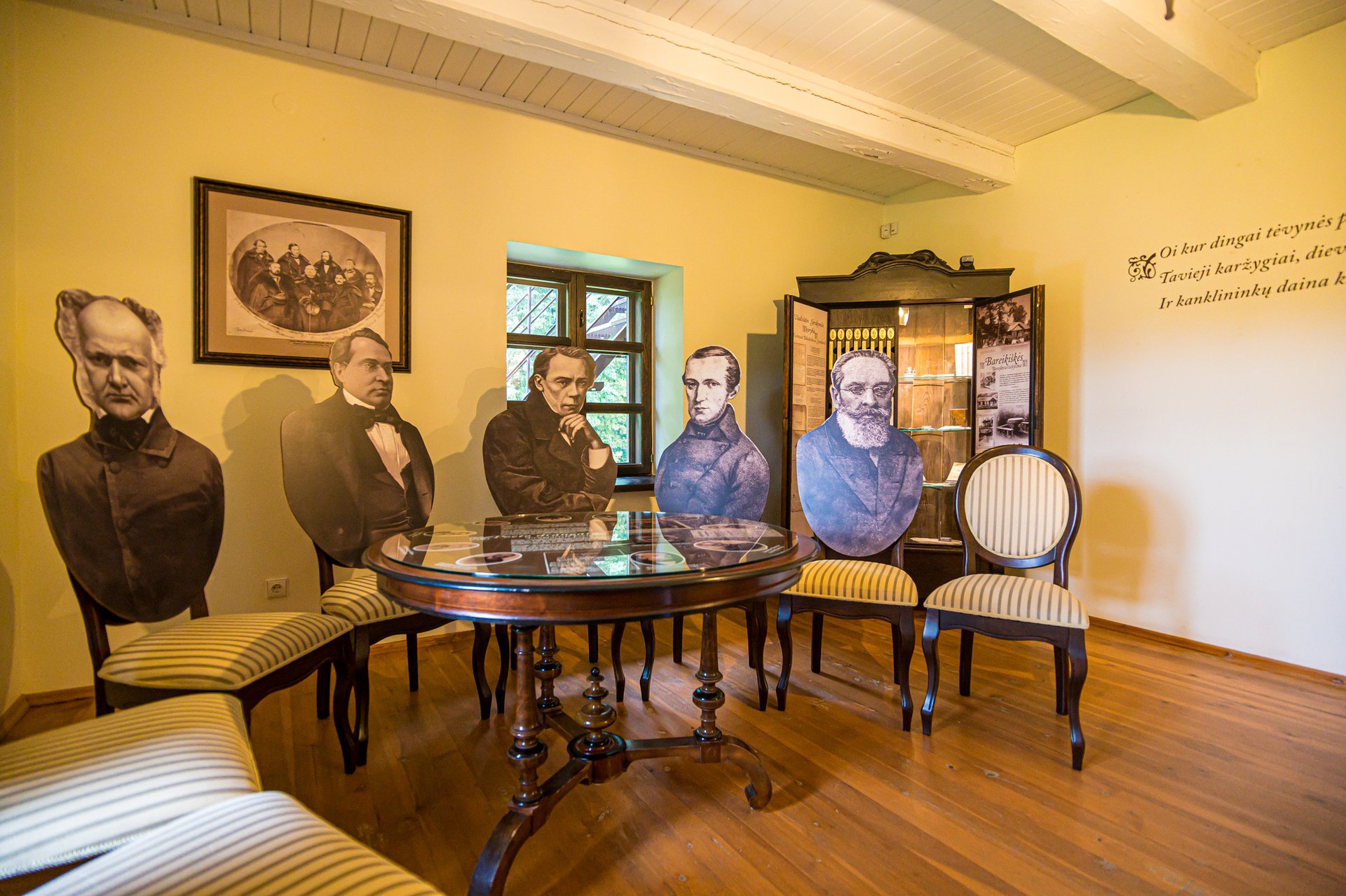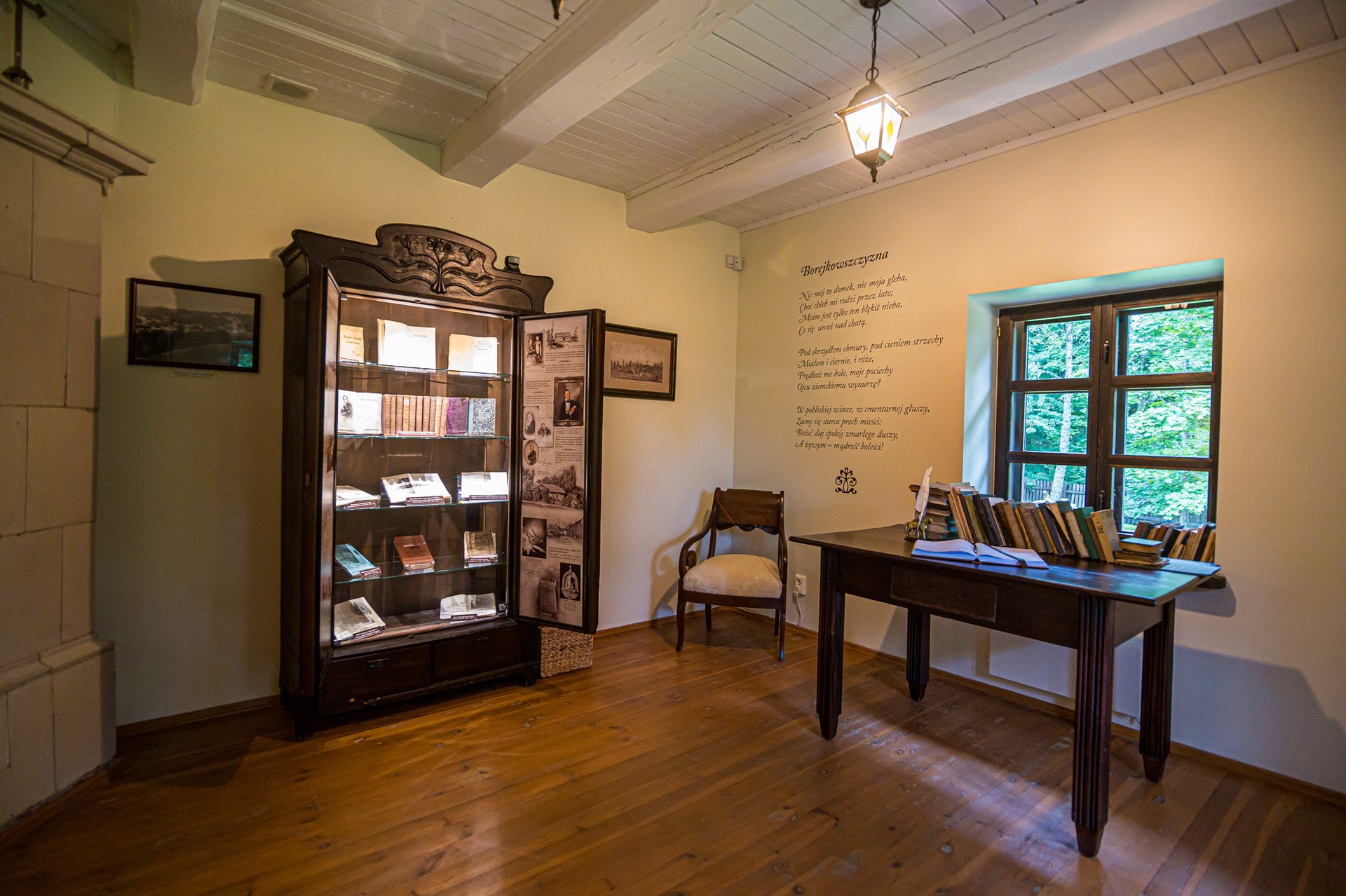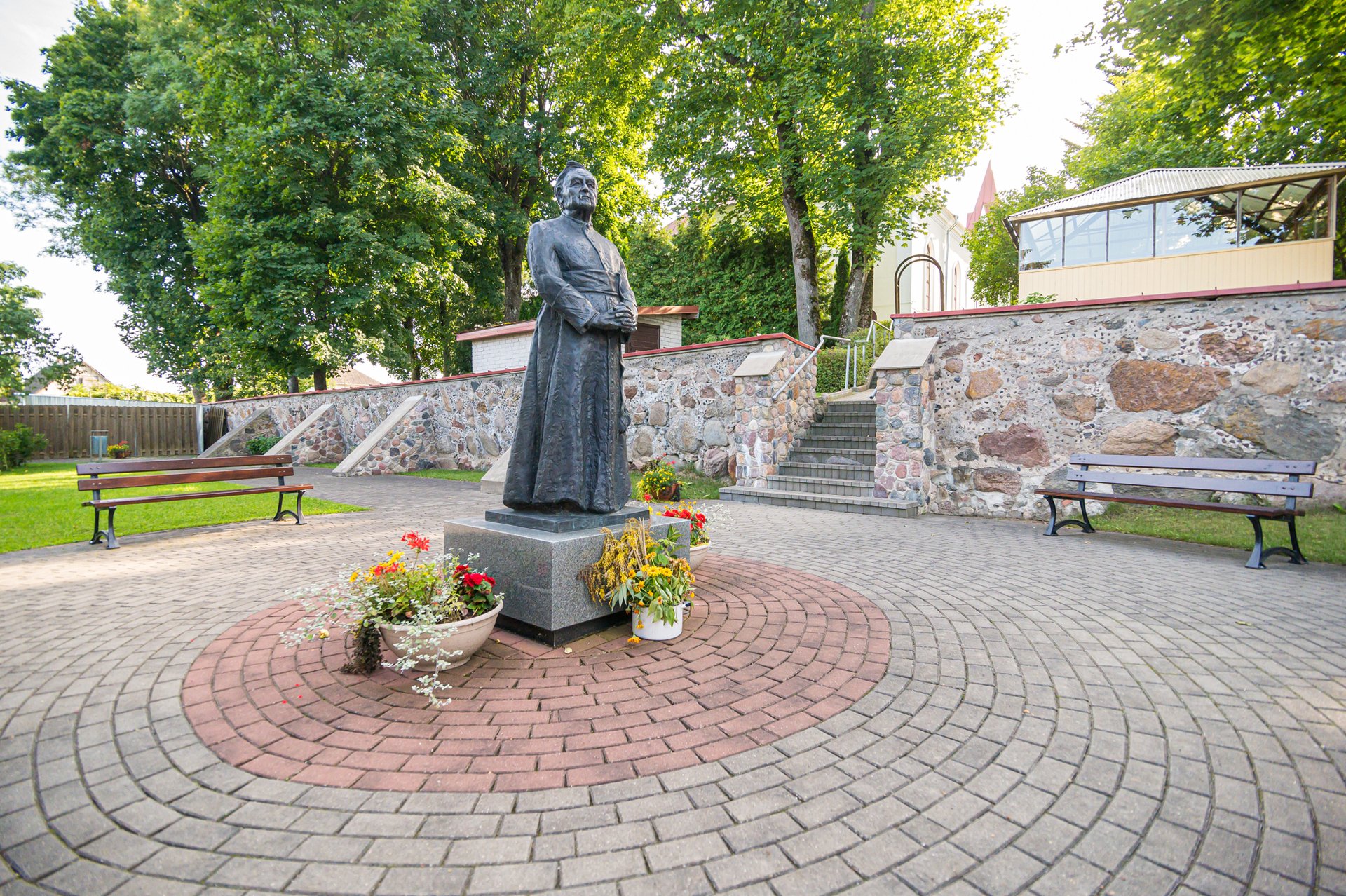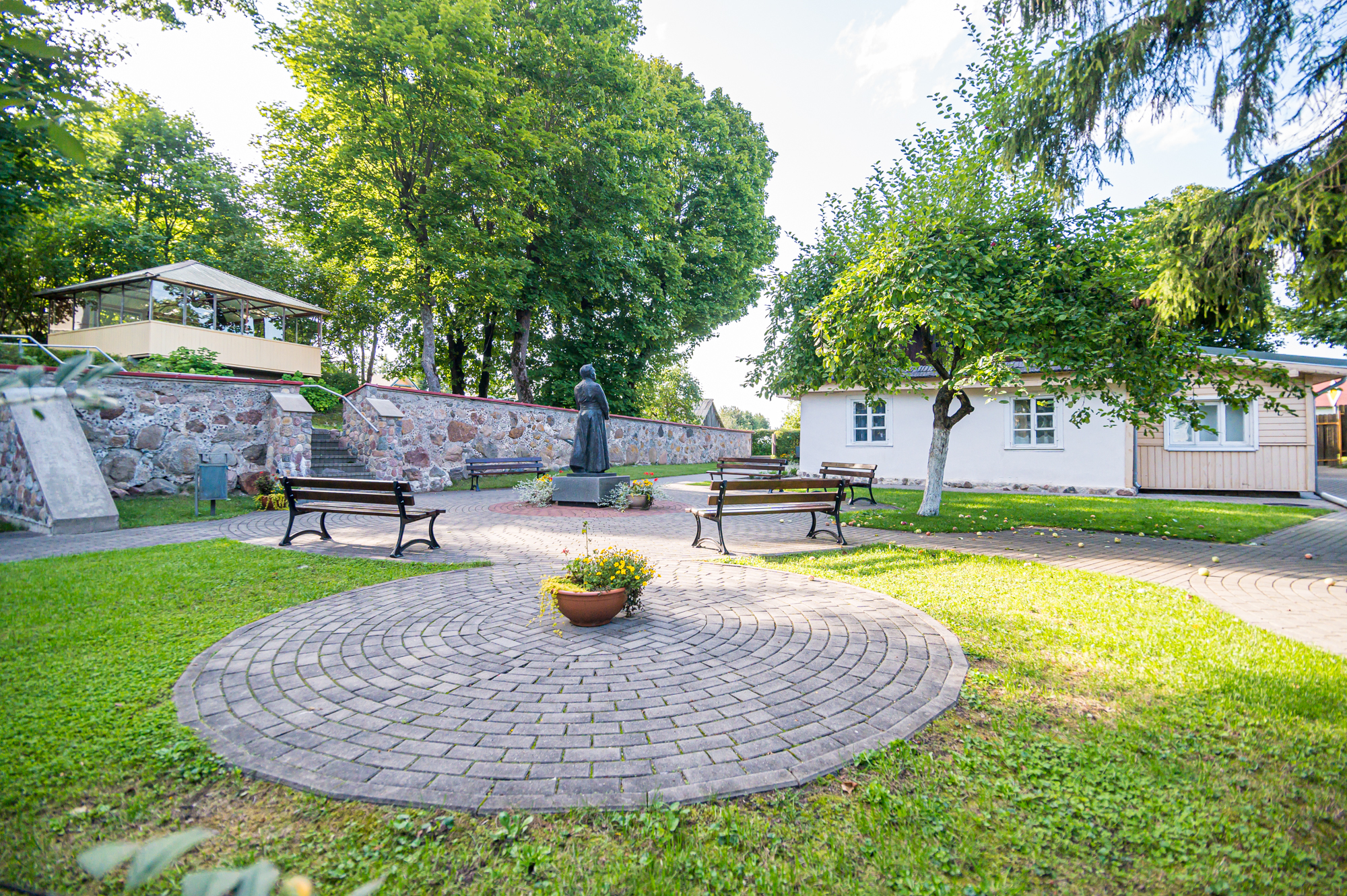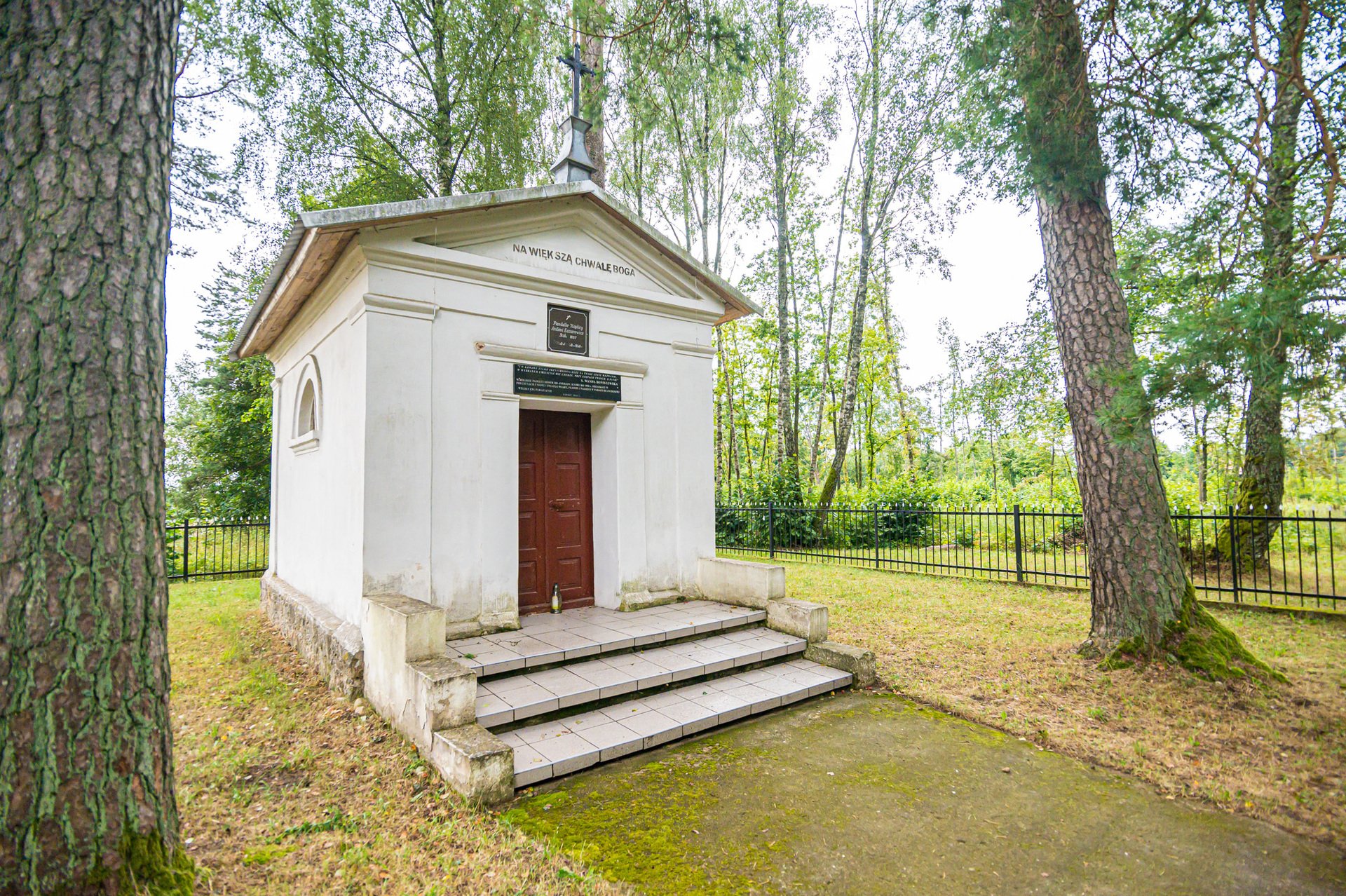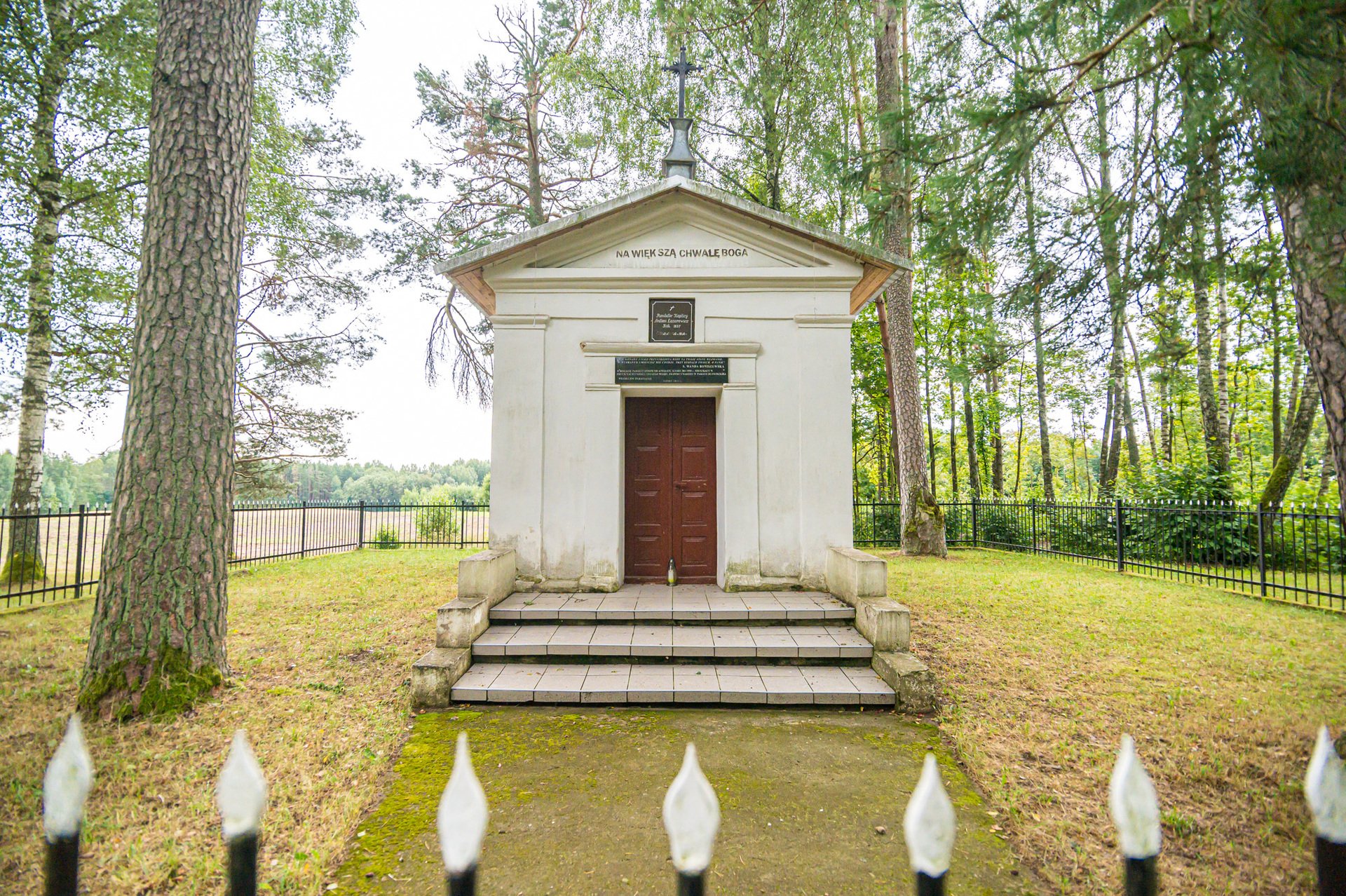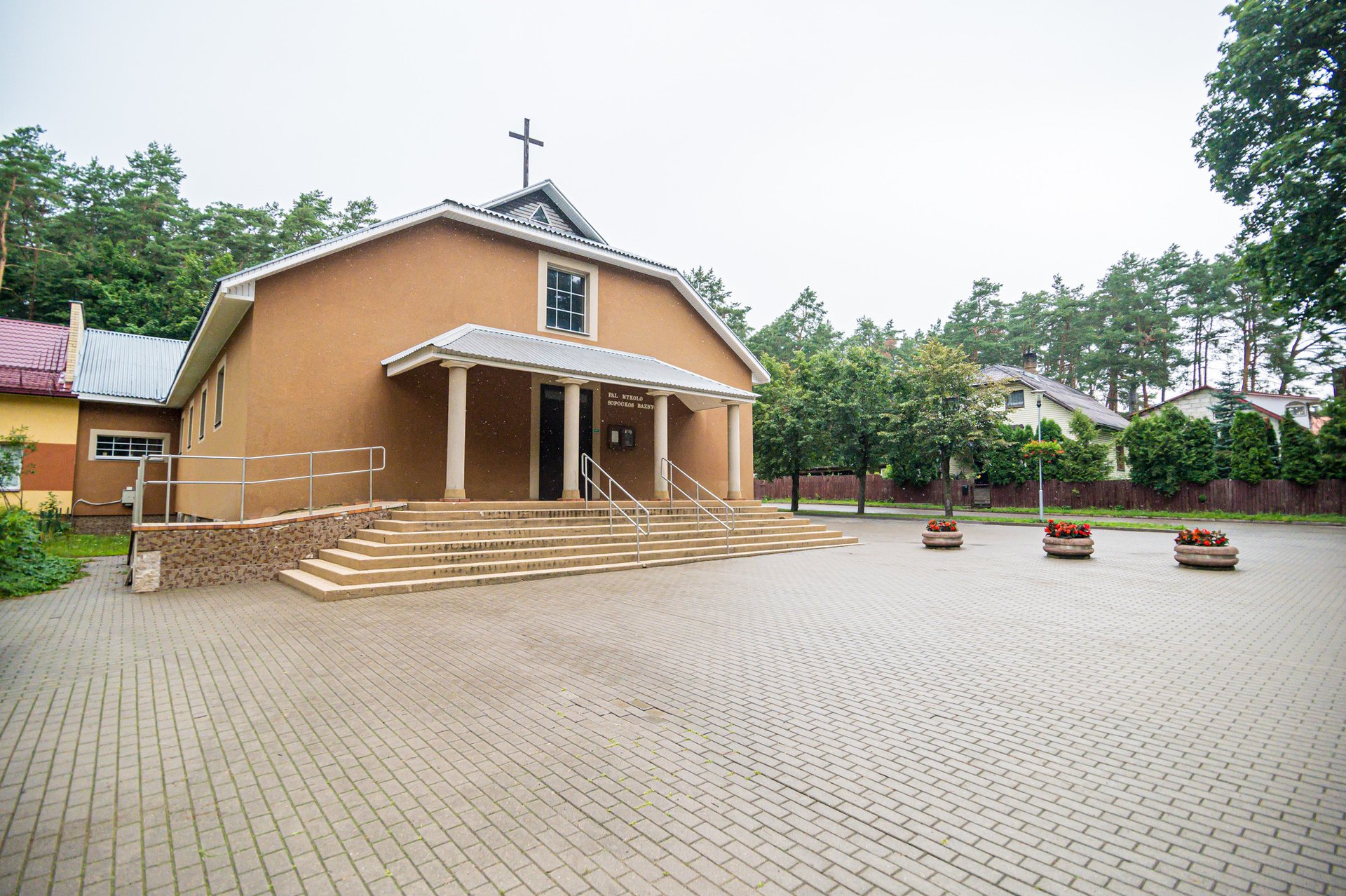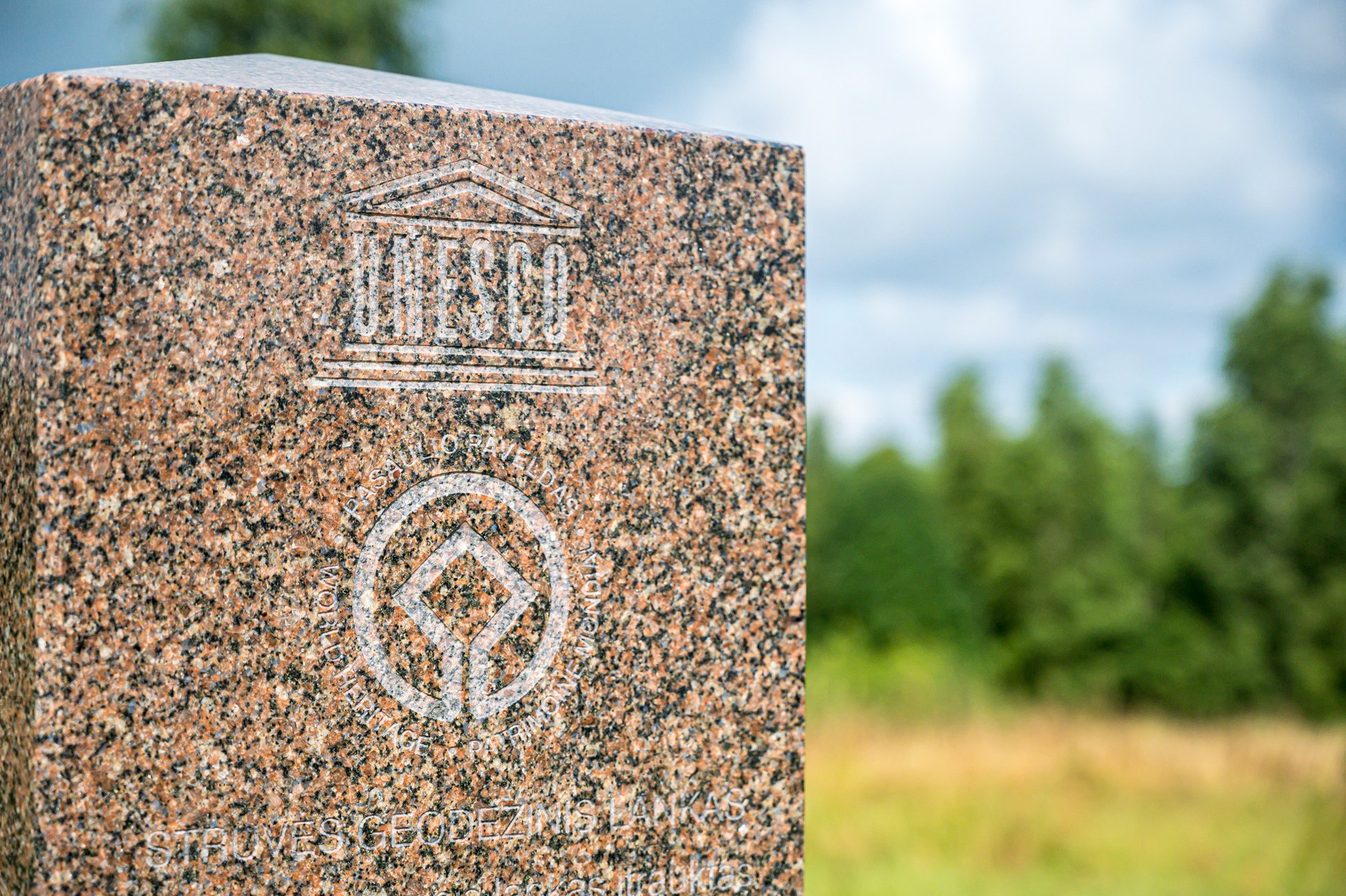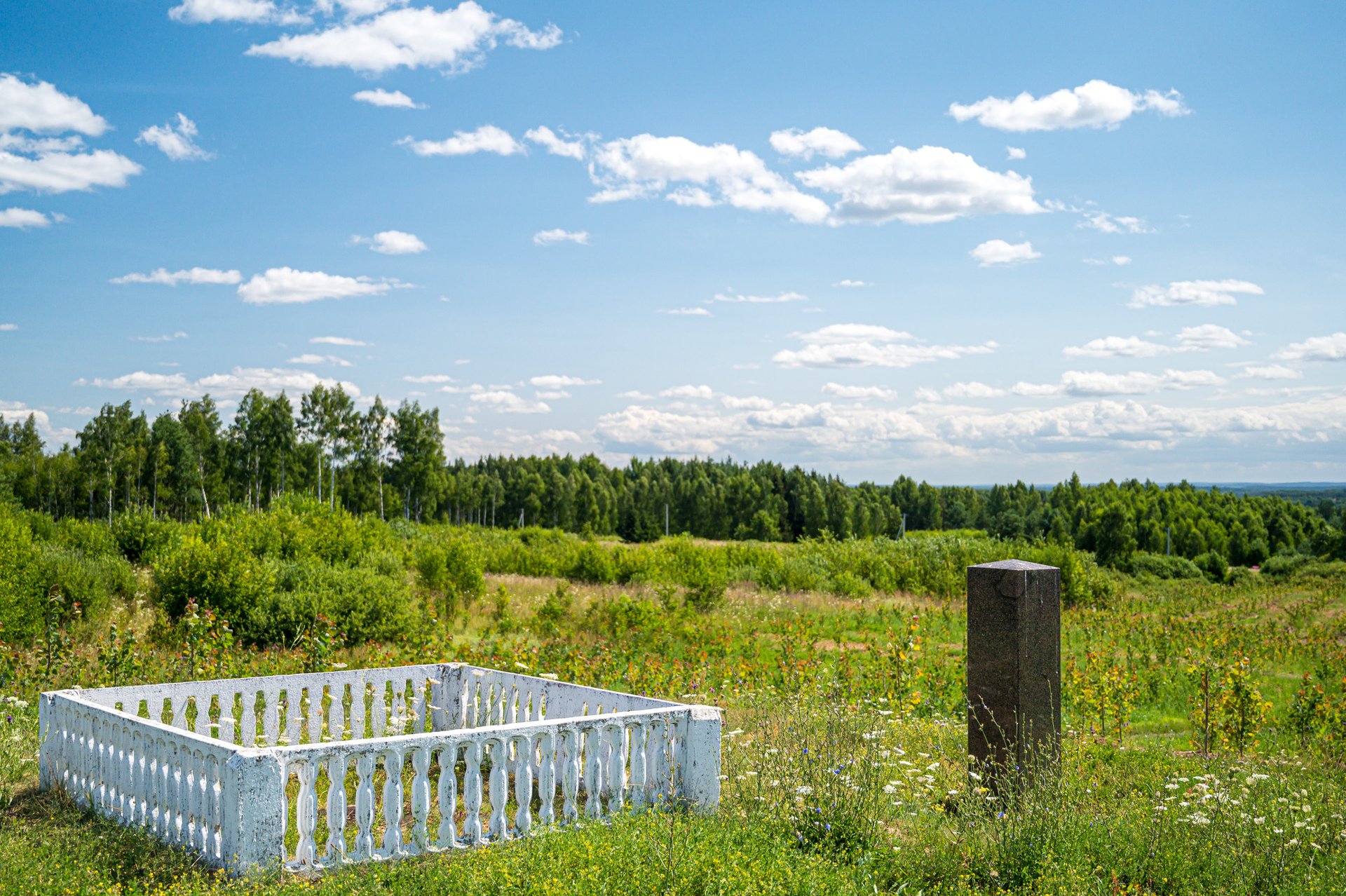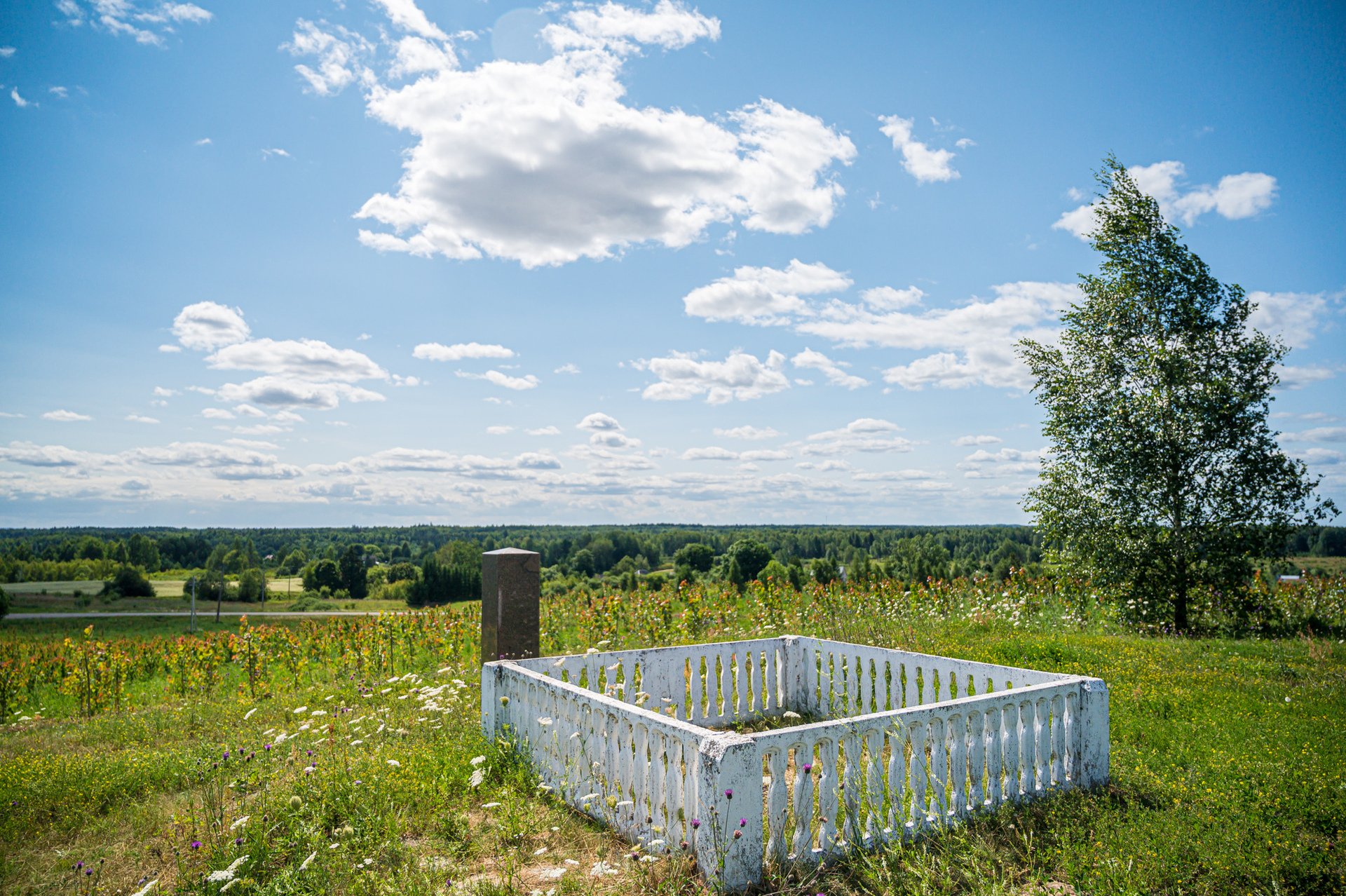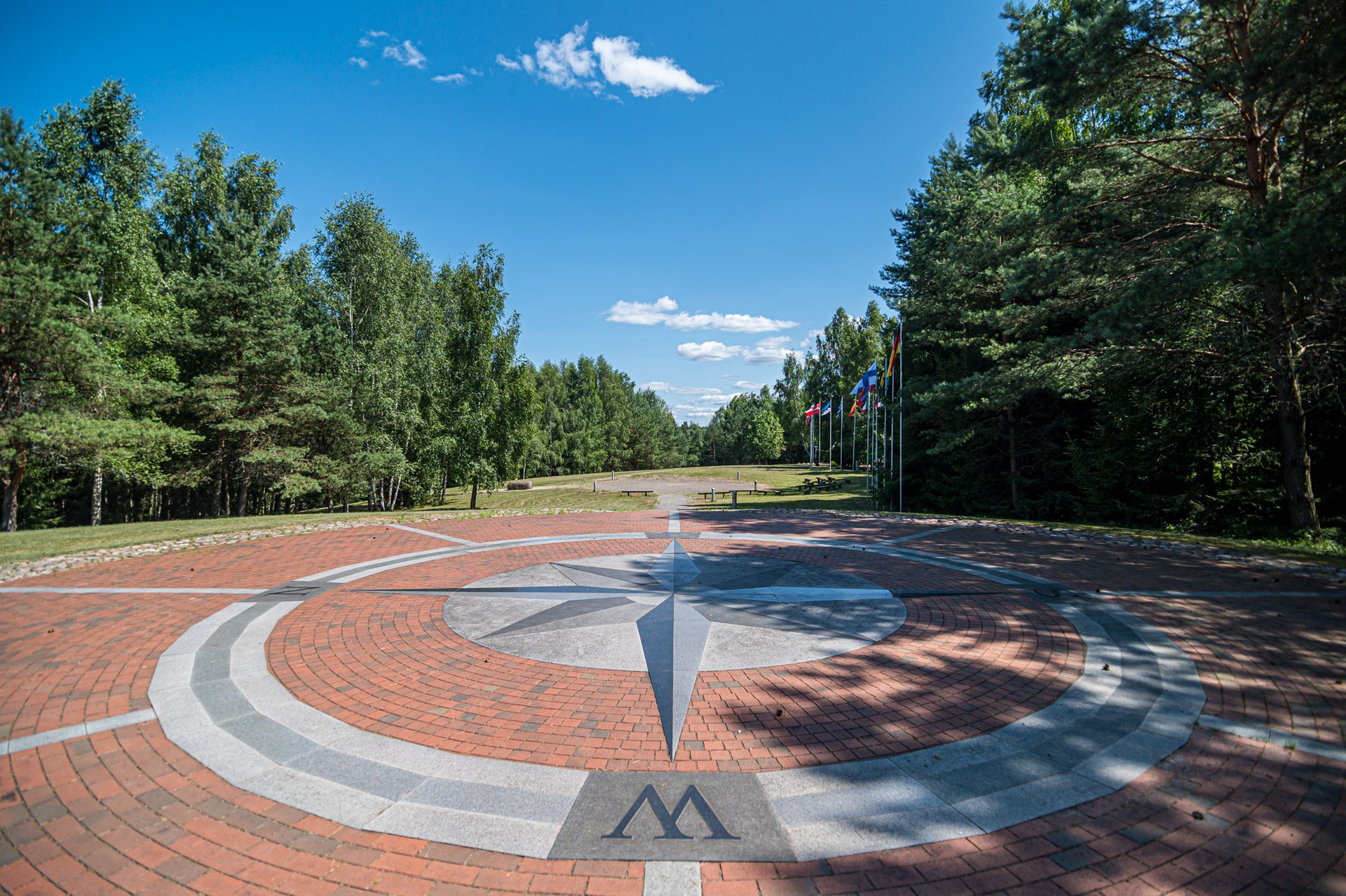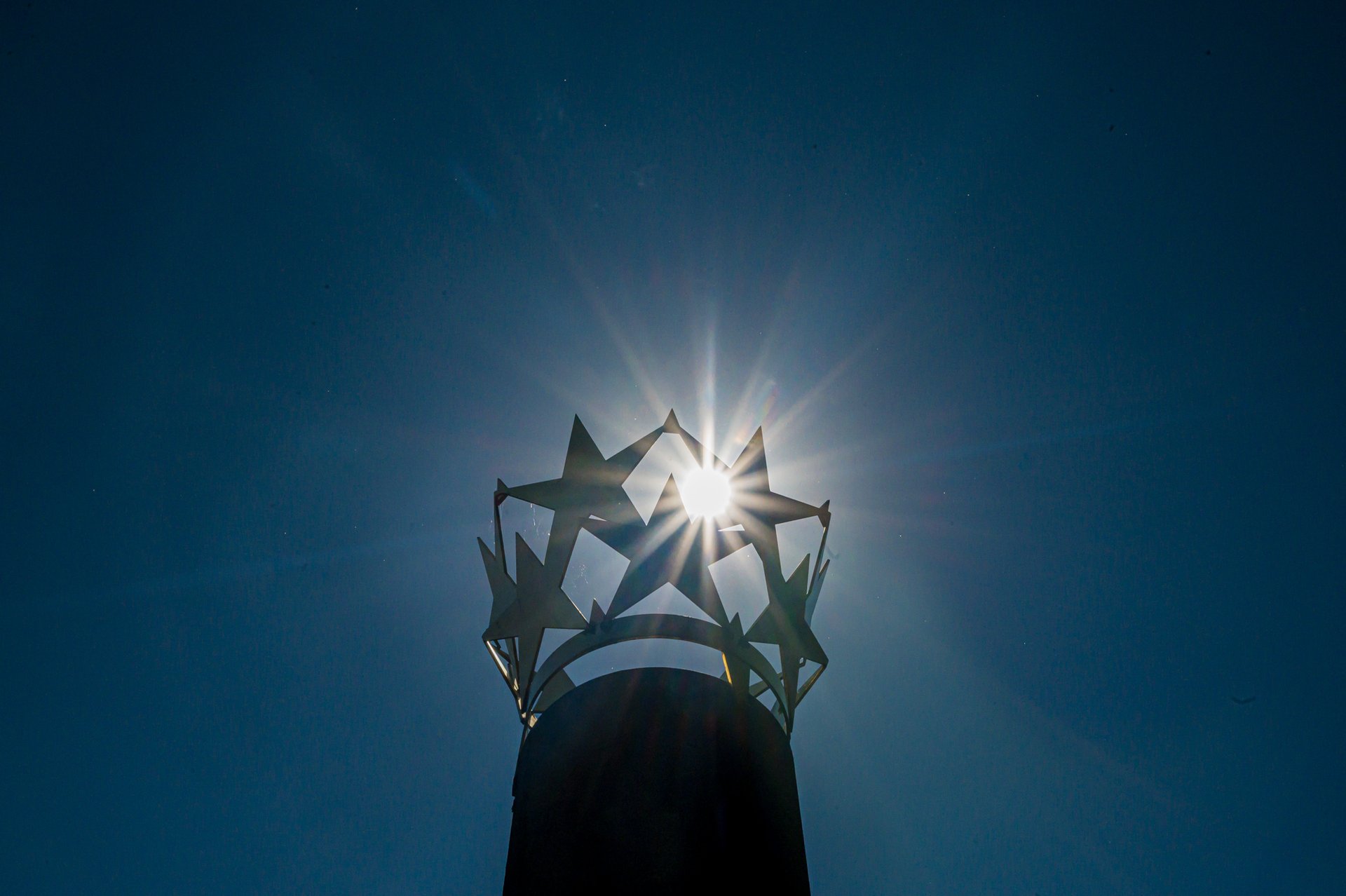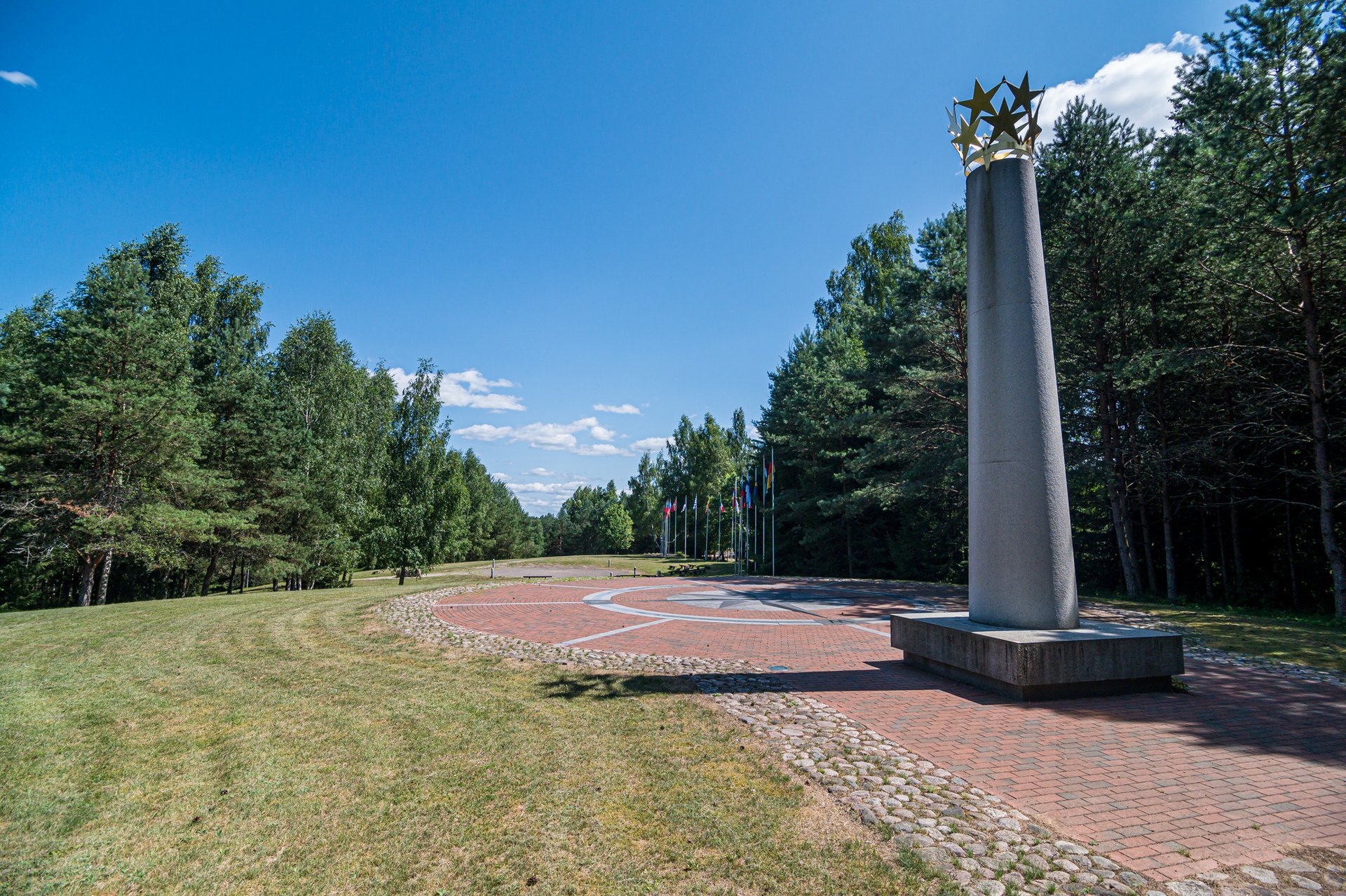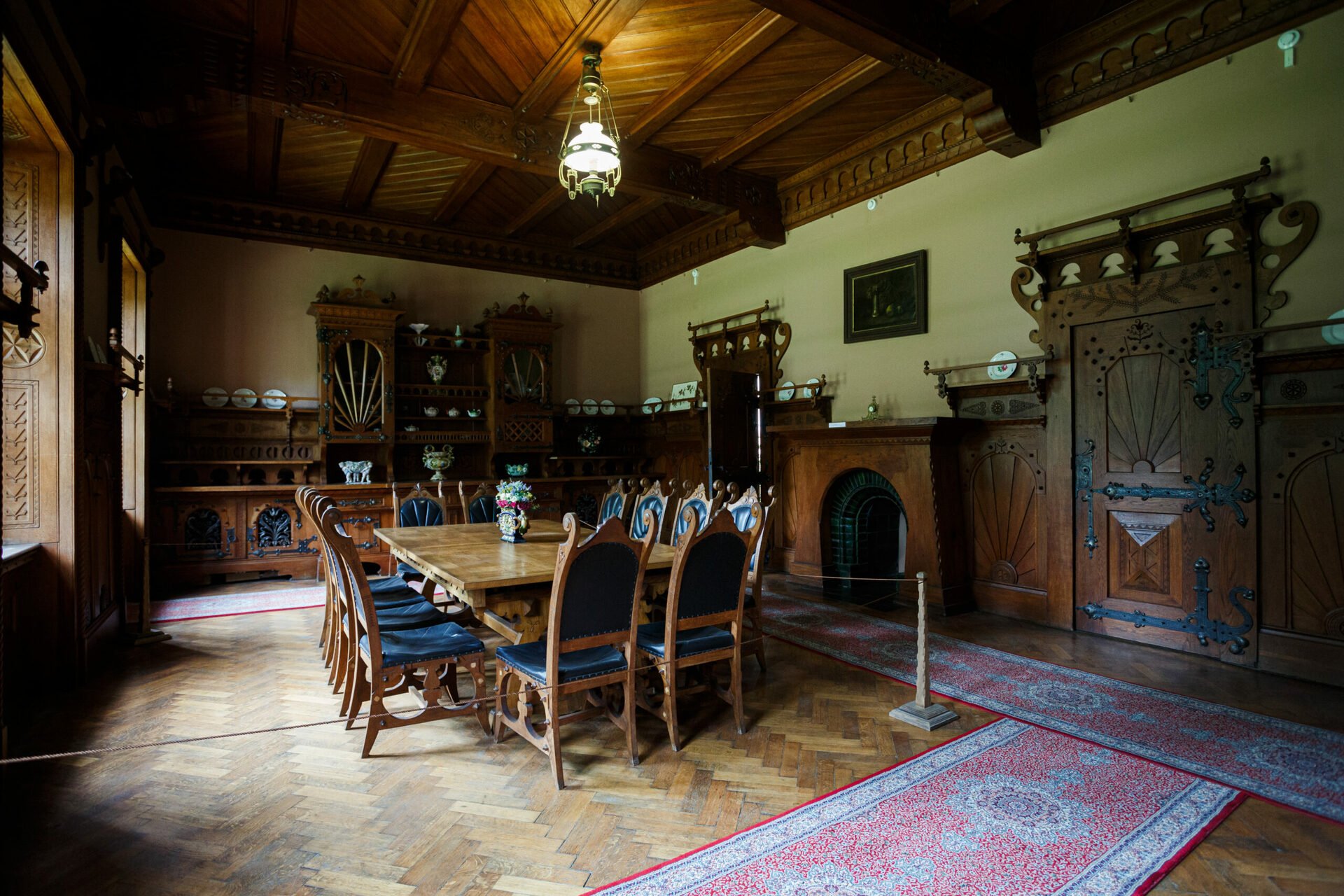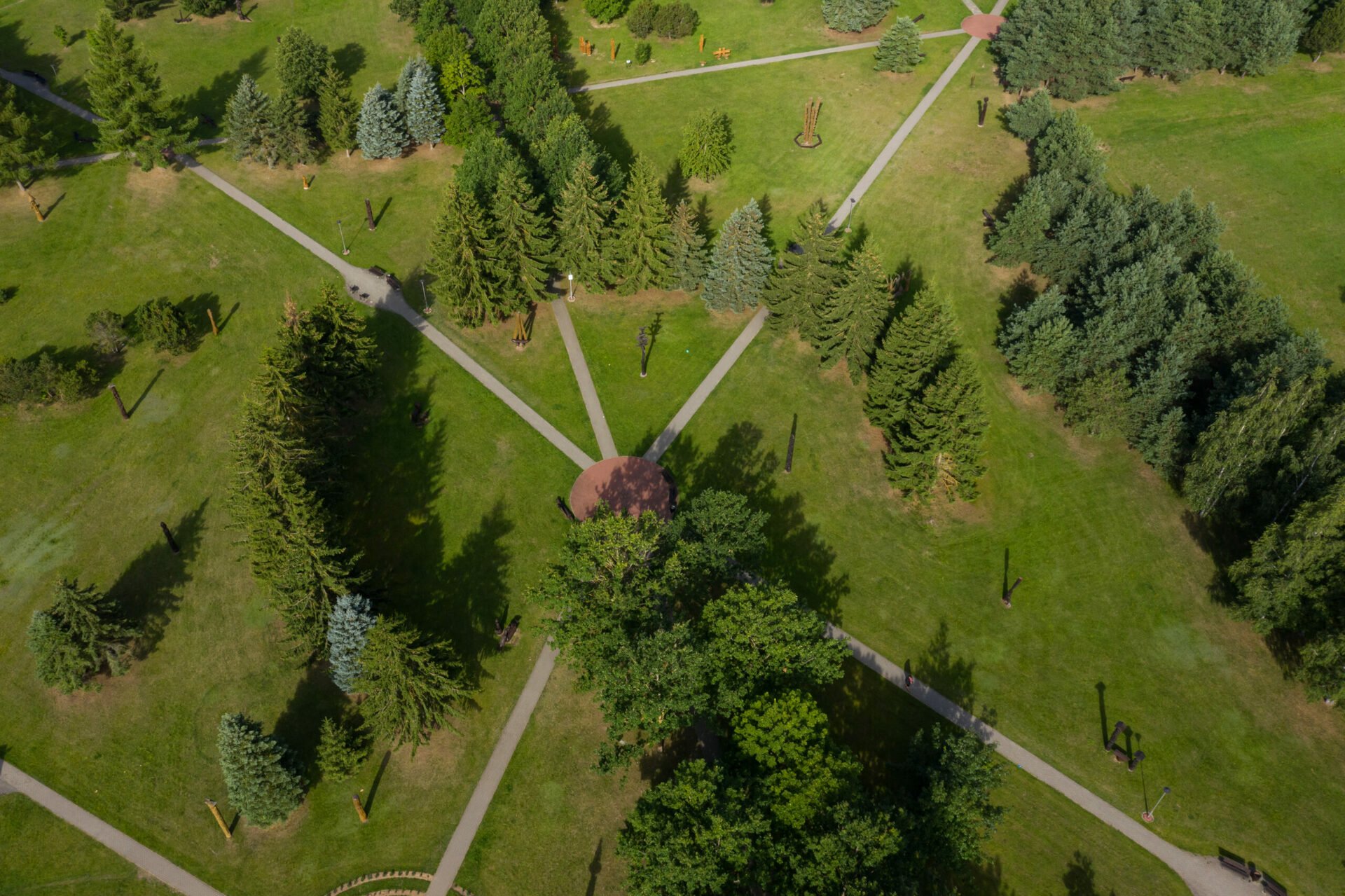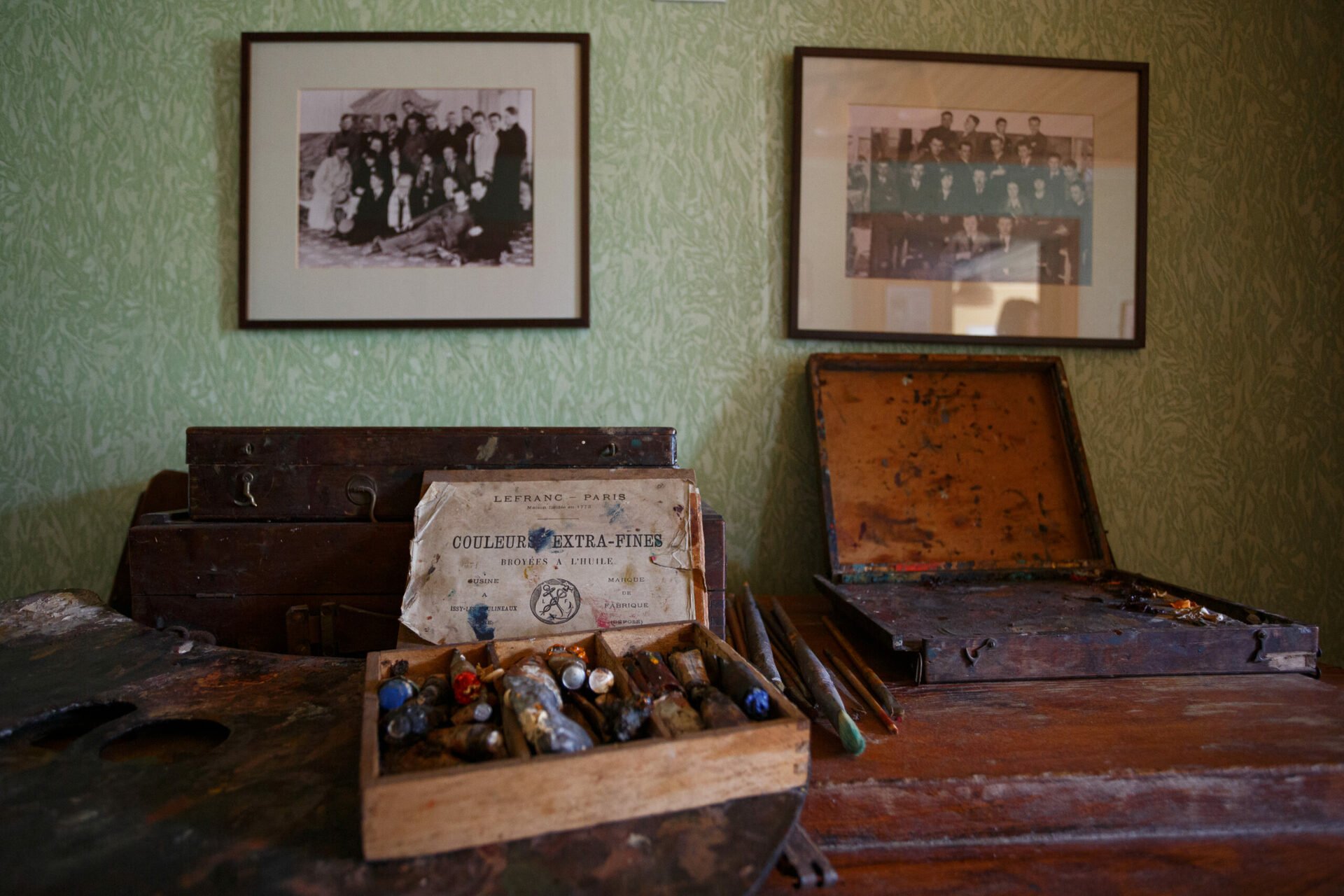For centuries, people of many nations and cultures lived within the Vilnius Region, which was becoming famous for religious tolerance and in the more modern era, it became an important center for ecumenism. Catholics, as well as Orthodox, believe in the miraculous painting of the Merciful Jesus. The route can take You to the place where the Blessed Priest Michal Sopoćko worked or to the chapel, where the Nun Majewska, who had a Vision of a Jesus, pried!
On another hand you can travel from the museum of a noble poet, who is known as the father of modern rural tourism, or dedicated to a Monsignor, who lived for 105 years to the unique achievements in the field of Earth Sciences as a Struve Geodetic Arc or Geographical Centre of Europe!
All this can be seen and acquainted with these great personalities in Vilnius region.
Museum of Władysław Syrokomla
In a small village Bareikiškės there is a XIXth century wooden building, where a famous poet – Władysław Syrokomla (1823-1862) lived and worked in 1853-1861. This building has been transformed to a Touristic Information Center and a museum. Syrokomla was one of the most popular poets in Lithuania. Publishers competed for his new works and paid him 2 zlots, and sometimes even a half of a rouble for his poems, which was pretty good money in those times.
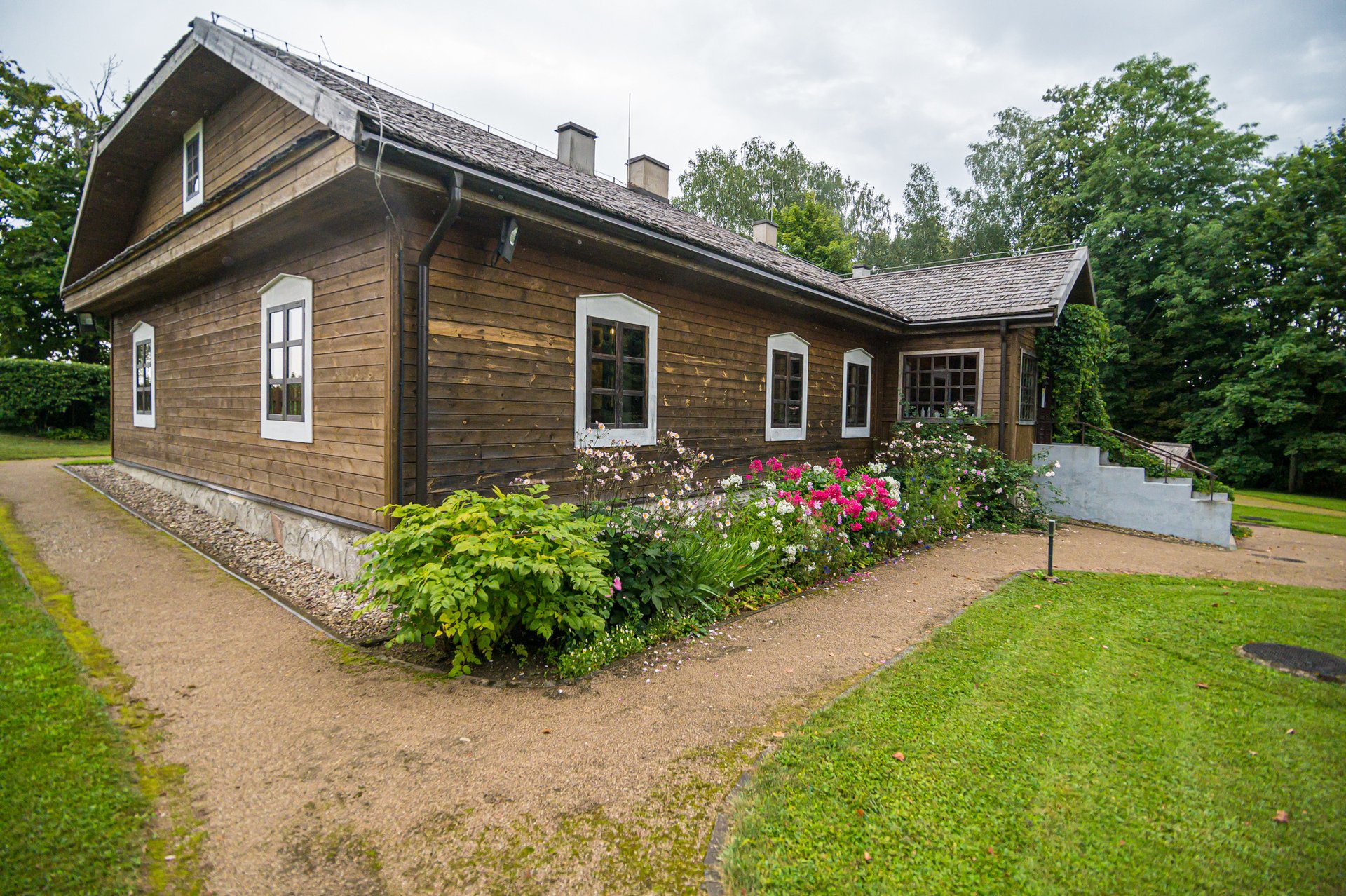
There is an opportunity to check out the exhibits which gives an opportunity to see the poet’s furniture, portraits, books and other personal belongings. Also it is offered to take part in educational activities: take pottery lessons or join calligraphy classes.
(5 Sirokomlės Street, Bareikiškės Village, Vilnius District, Lithuania, www.vrtic.lt, +37052436402)
Monsignor Juzef Obrembski Museum
Monsignor Juzef Obrembski (1906-2011) was called the Patriarch of Vilnius district as he was one of the oldest Catholic priests in Lithuania and Europe. He lived a long 105 years!
Throughout his life J. Obrembski took care not only of parishioners’ spiritual life, but also supported priests who were taking refuge from the Bolsheviks or who were returning from exile in Siberia. During the Nazi occupation, he even saved several villages from total destruction.
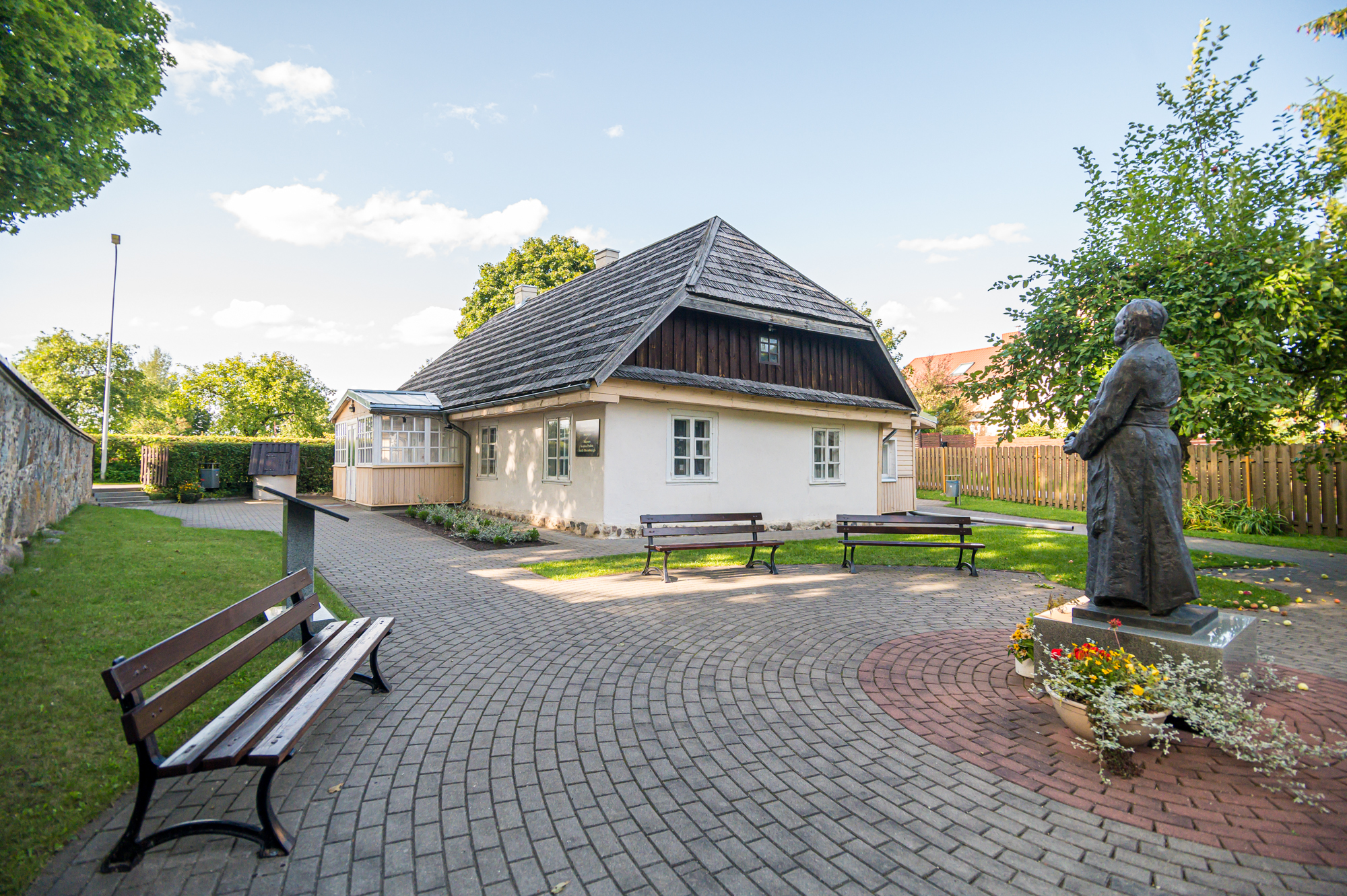
The last wish of Monsignor Obrembski was to establish a place of memory to commemorate all the priests and nuns who were persecuted and even sacrificed their lives for their belief. Anyone who comes to visit the museum will be wonderfully introduced to the great man’s life, get more information about prominent figures of the Catholic Church. Children are invited to explore the museum by playing different games and solving tasks.
(5 Šv. Antano Street, Maišiagala village, Vilnius District, Lithuania, www.vrtic.lt, +370 601 84102)
St. Ignatius Chapel of Pričiūnai
Chapel dates back to 1837 and is famous for its yearly celebrations at the end of July to mark the feast day of St. Ignatius, which is attended by crowds of believers.
Two memorial boards over the entrance to the chapel remind us of important historical facts. One of them mentions Vanda Boniševska, a nun of the congregation of the Sisters of Angels who lived in Pričiūnai for nearly 20 years and was highly respected among the parishioners due to her tireless apostolic activity, her support for the persecuted and her stigmatas.
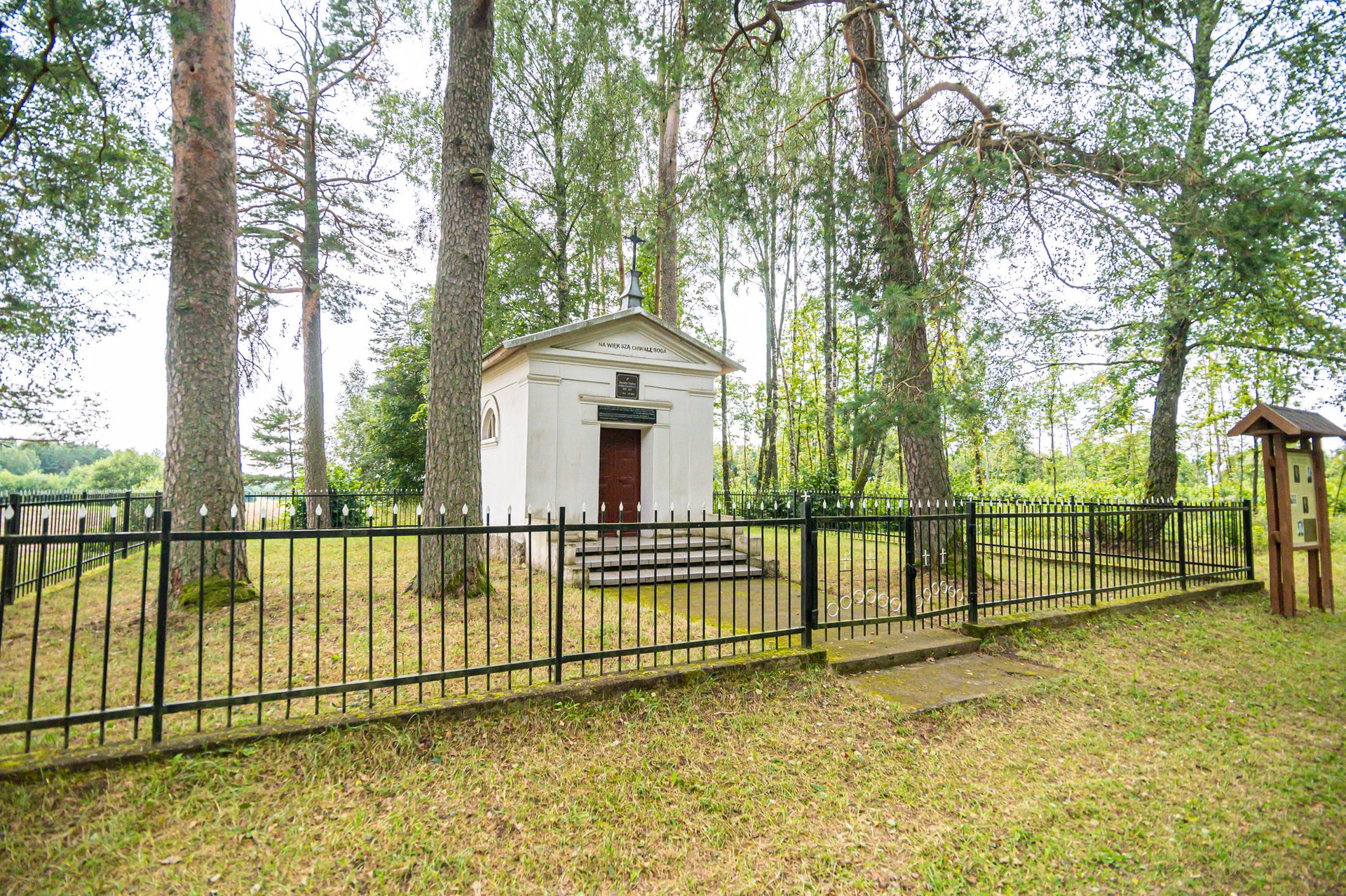
Another nun, sister Helena Majevska, experienced probably the most significant revelation of her life i.e. the visitation of Jesus. Soon she turned to the blessed Michael Sopoćko, who was a devoted preacher of the message of God‘s Grace. They cooperated in the establishment of a new congregation of the Sisters of Merciful Jesus.
(Pričiūnų Village, Buivydžių Eldership, Vilnius District, Lithuania, www.vrtic.lt, +37052436402)
The Blessed Michael Sopoćko Church
Church, consecrated with the title of Blessed Michael Sopoćko (1888 – 1975) is the first and, so far, the only church in the world to have been called after this saint.

Fr. Michael Sopoćko belongs to the circle of prominent personalities related to the history of Vilnius. He is also among those beatified and canonised by the Church, who left their distinctive marks on the city. He was a priest of the Archdiocese of Vilnius, professor of the then Steponas Batoras University, chaplain of the army, confessor for Sister Maria Faustyna Kowalska, who was canonised (declared as saint) in 2000 and a tireless apostle of God’s grace. Visitors can freely attend the Church or visit the cemetery where the nuns of congregation of Grey Ursulines are buried.
(25 Šv. Uršulės Street, Juodšilių Village, Vilnius District, Lithuania, www.vrtic.lt, +37052436402)
Struve Geodesic Arch Points in Meškonys and Paliepiukai
The Struve Geodetic Arc is 2,820 metres long and illustrates unique achievements in the field of Earth Sciences. This spectacular project took place at the beginning of the 19th century and aimed at studying and determining the size and shape of the planet Earth as accurately as possible! In 2005, the Struve Geodetic Arc was put on the World Heritage List of the UNESCO World Cultural and Natural Heritage Convention. Three of the 34 Struve Geodetic Arc Points on the list are located in Lithuania and you can visit 2 of them here – there is info signs and an informative pillars devoted to the Struve Arc.
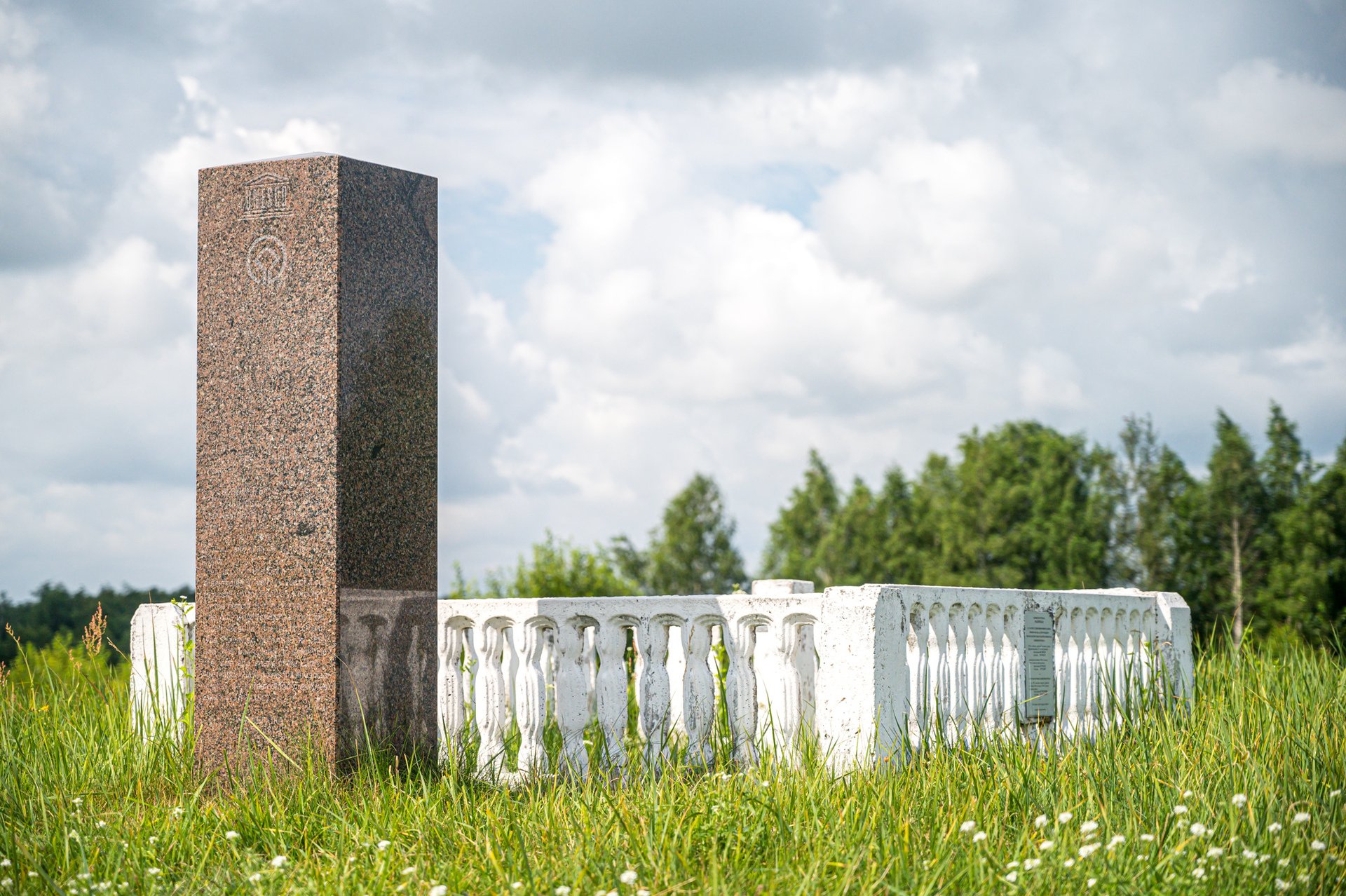
(Meškonys Village, Nemenčinės Eldership, Vilnius District; Paliepiukų Village, Nemėžio Eldership, Vilnius District, Lithuania, www.vrtic.lt, +370 524 36402)
Geographical Centre of Europe
In 1989, a geographical centre was revealed. Researchers at the French National Geographic Institute determined that the true geographic centre of Europe is located in Lithuania between the villages of Purnuškės and Bernotai. The geographical centre of Europe is marked by a commemorative stone, the flags of the European Union member states and the column of white granite, surmounted by a crown of stars. The Bernotai mound, which is one of the oldest in the country and the European Centre Golf Club with a restaurant are located not far away.
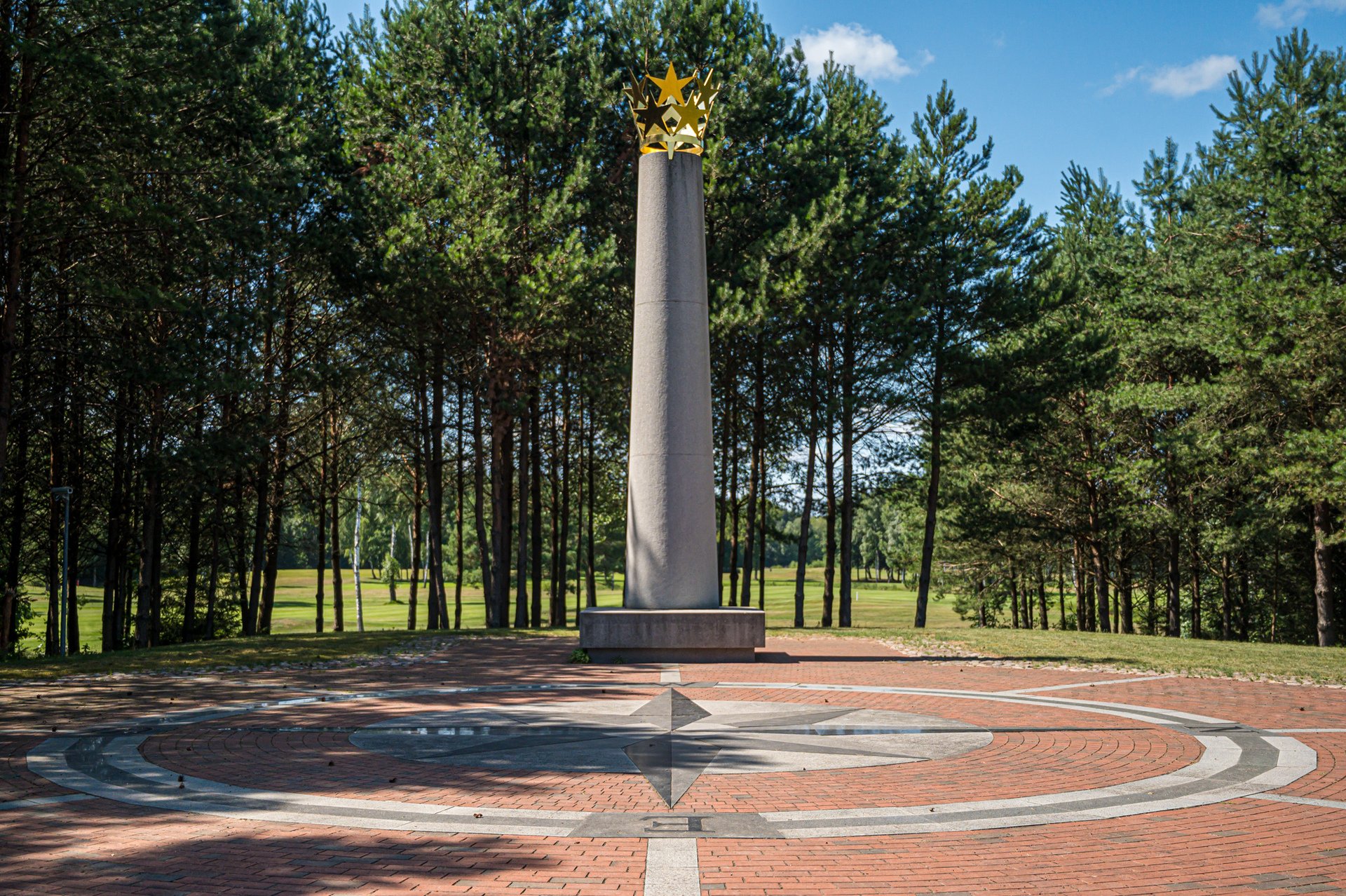
(Girijas Village, Nemenčinė Eldership, Vilnius District, Lithuania, www.vrtic.lt, +37052436402)
The route provides the opportunity to learn about the lives of outstanding personalities, important places and events in Rokiškis District.
Rokiškis Regional Museum
The visitors of the manor house will be introduced to the heritage of counts Tyzenhauz and Przezdziecki, and huge cultural and historical treasures. It is the only place where one can see the unique exposition of the works of the Lithuanian woodcarver of the XX c., Lionginas Šepka (1907-1985), and the only collection of cribs in Lithuania. The spirit of the past may be felt by participating in various educational events – “The Cheese Road”, “Candle Dipping”, “Band Weaving”, “Making of the Selonian Brass Jewellery” and more.
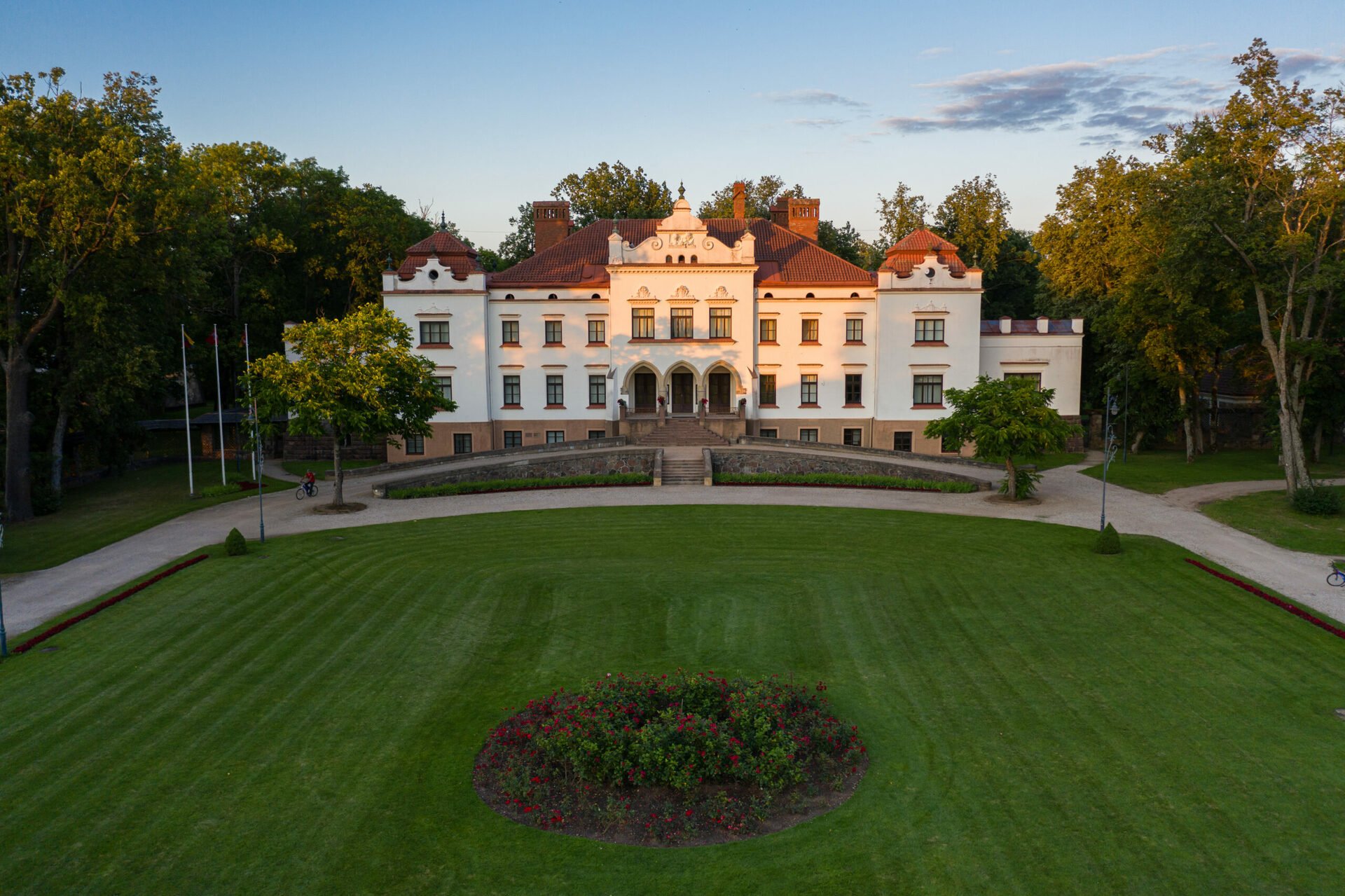
(5 Tyzenhauzų St, Rokiškis, Lithuania, www.muziejusrokiskyje.lt, +370 61544586)
Rokiškis Church of Saint Matthew the Apostle Evangelist
It is one of the most prominent buildings in the Neogothic style of the Historicism period in Lithuania. Construction works were started in 1868. It is probably the only interior of the XIX c. in Lithuania, designed and performed completely by foreign architects, painters and craftsmen of high qualification. Visitors may see the beautiful crypt, where the church’s founders, the counts Tyzenhauz, are buried. Rokiškis panorama may be enjoyed from the church’s tower, and a museum of church values located in the lodge of the counts may be visited.
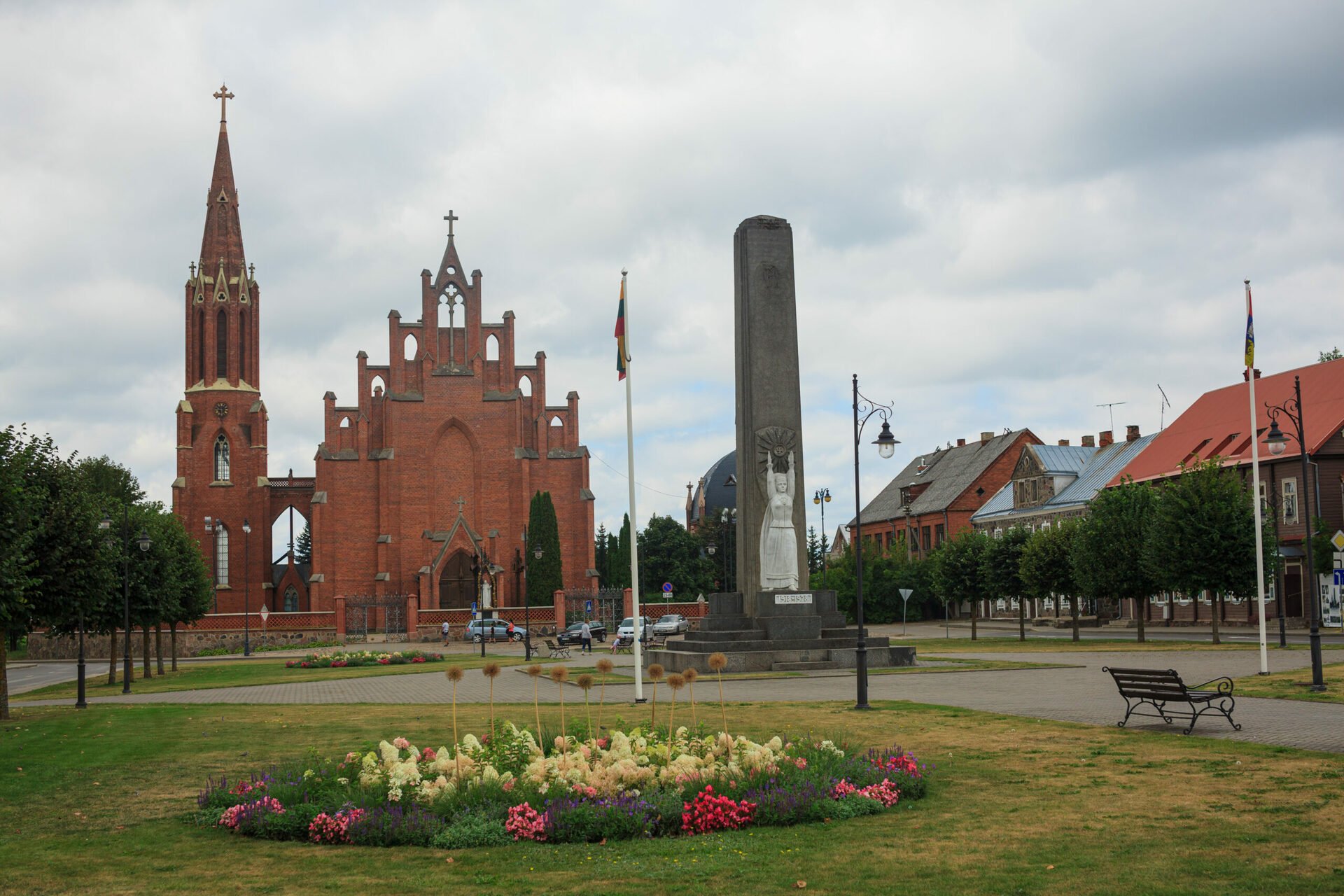
(1 Nepriklausomybės Sq., Rokiškis, Lithuania, www.rokiskioparapija.lt,
+370 68758342)
Sculpture Park of Lionginas Šepka in Rokiškis Town
To commemorate the most famous Lithuanian woodcarver of the XX c., Lionginas Šepka (1907-1985), the sculpture park was founded in Rokiškis Town. The sculptures have been created for the park since 2001. The famous Lithuanian woodcarvers have created more than 70 sculptures and sculpture compositions for the park already and Latvian and Belarusian sculptors have also contributed. The artists were improvising under the topics of the life and work of Šepka and at the same time tried to manifest their own creative individuality, as well.
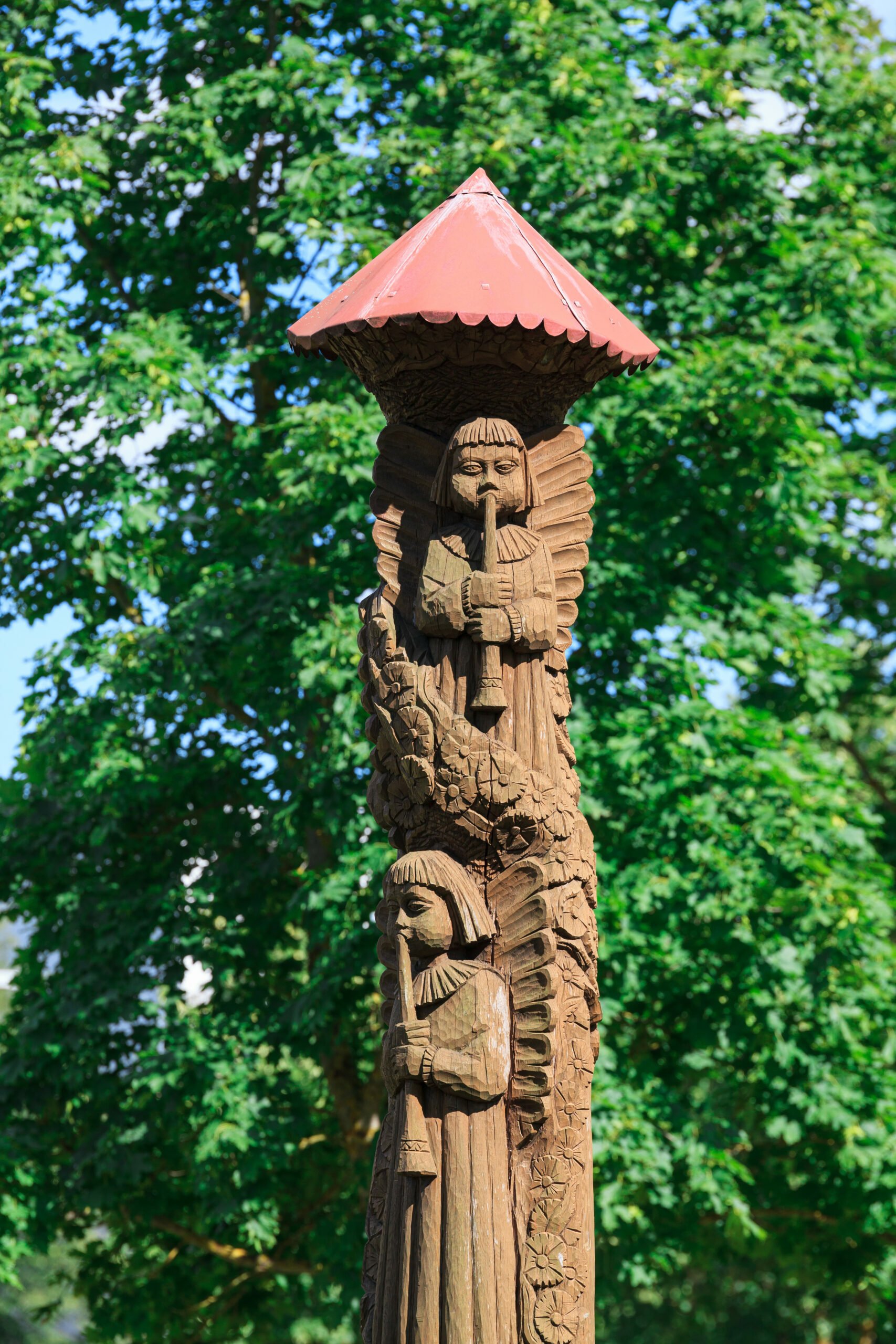
(Taikos St, Rokiškis, Lithuania, www.rokiskiotic.lt, +370 68758342)
Gireišiai Point of the Struve Geodetic Arc
Object of the UNESCO World Heritage List – the point of the Struve Geodetic Arc – the triangulation chain was formed in 1816–1852, in attempt to explore and determine the Earth’s size and form. It is one of three geodetic points in the Lithuanian territory that are included on the UNESCO World Heritage List as a part of the Struve Geodetic Arc. This point is in Gireišiai Village, by road 122 Daugavpils–Kupiškis–Panevėžys. The observation point and the information stand were made for visitors.

(Gireišiai Village, Panemunėlis Eldership, Rokiškis District, Lithuania, www.rokiskiotic.lt, +370 45851044)
Memorial Museum of Painter Justinas Vienožinskis in Dačiūnai
One of the most important Lithuanian painters, the art classic, Justinas Vienožinskis (1886–1960), spent his childhood and youth in Dačiūnai Village, close to Obeliai Village, where the major part of the painter’s creative heritage was painted later (landscapes of his homeland and surrounding districts, portraits of his parents and relatives). The painter laid the foundations for a professional national art school in Lithuania. The memorial exposition dedicated to the painter was opened in his native homestead. The authentic architecture of the house built in the XIX c. and the homestead environment have been preserved.

(28A Justino Vienožinskio St, Audronys I, Obeliai Eldership, Rokiškis District, Lithuania, www.rokiskiotic.lt, +370 60648033)
The project “Rediscover the roots of regions” is being implemented under the European Neighbourhood Instrument Cross-border Cooperation Programme Latvia-Lithuania-Belarus 2014-2020. The objective of this project is to promote the preservation, availability and development of intangible culture and local history heritage. This project is funded by the European Union. Total project budget – EUR 1 031 590.97, with 90% (EUR 928 431.87) funded by the European Union.
This article was produced with the financial support of the European Union. Its contents are the sole responsibility of Vilnius District Municipality and do not necessarily reflect the views of the European.


